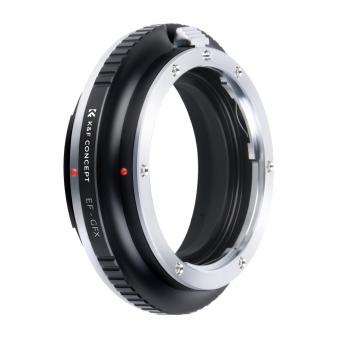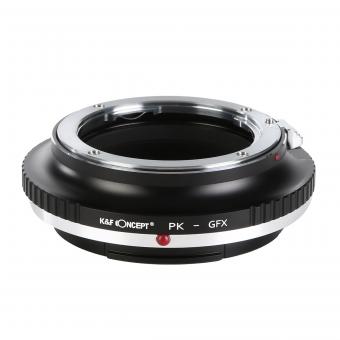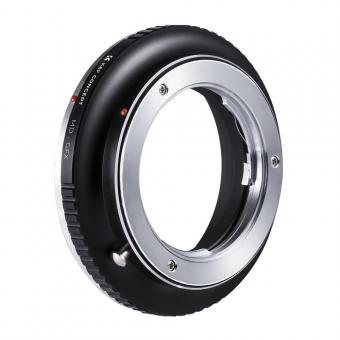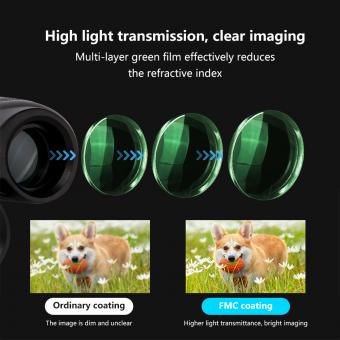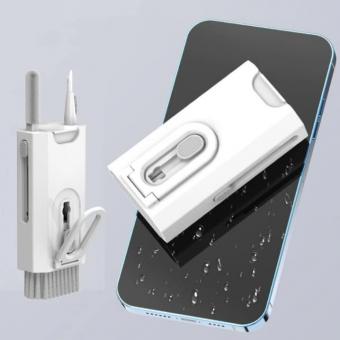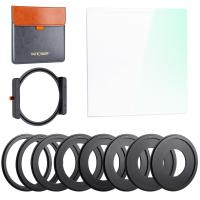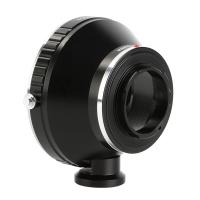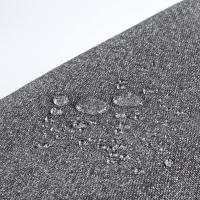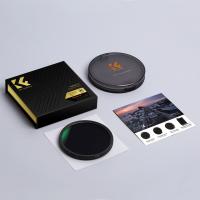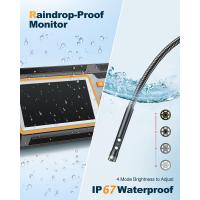Why Use Coverslip On Microscope ?
A coverslip is used on a microscope to protect the objective lens from coming into direct contact with the specimen being observed. It also helps to flatten the specimen and reduce any distortion or aberrations that may occur due to uneven surfaces. Additionally, the coverslip helps to prevent evaporation of any liquid or solution that may be used to prepare the specimen. This is particularly important when observing live specimens or those that require a specific environment to maintain their structure or function. The coverslip also helps to improve the clarity and resolution of the image by reducing the amount of light that is scattered or refracted as it passes through the specimen. Overall, the use of a coverslip is an important step in preparing a specimen for observation under a microscope and can greatly enhance the quality of the resulting image.
1、 Prevents sample from drying out

Using a coverslip on a microscope slide is essential for several reasons. Firstly, it prevents the sample from drying out, which can lead to distortion and damage to the specimen. When a sample is exposed to air, it can quickly lose moisture, causing it to shrink and become distorted. This can make it difficult to observe and analyze the sample accurately. By placing a coverslip over the sample, it creates a sealed environment that helps to maintain the moisture content of the sample, ensuring that it remains in its original state.
In addition to preventing the sample from drying out, using a coverslip also helps to protect the microscope lens from damage. Without a coverslip, the sample can come into direct contact with the lens, which can lead to scratches and other forms of damage. This can affect the quality of the image produced by the microscope, making it difficult to observe and analyze the sample accurately.
Furthermore, using a coverslip can also help to reduce the risk of contamination. When a sample is exposed to the environment, it can become contaminated with dust, dirt, and other particles. By placing a coverslip over the sample, it creates a barrier that helps to prevent contamination, ensuring that the sample remains pure and uncontaminated.
In conclusion, using a coverslip on a microscope slide is essential for maintaining the integrity of the sample, protecting the microscope lens, and reducing the risk of contamination. It is a simple yet effective technique that is widely used in microscopy and is essential for obtaining accurate and reliable results.
2、 Protects objective lens

Using a coverslip on a microscope is essential for protecting the objective lens. The objective lens is the most critical component of a microscope, and it is responsible for magnifying the specimen being observed. Without proper protection, the objective lens can become scratched or damaged, which can significantly affect the quality of the image produced.
In addition to protecting the objective lens, using a coverslip also helps to prevent contamination of the specimen. When observing a specimen under a microscope, it is essential to maintain a sterile environment to ensure accurate results. A coverslip helps to prevent dust, dirt, and other contaminants from settling on the specimen, which can interfere with the observation.
Moreover, using a coverslip also helps to improve the clarity of the image produced. When a coverslip is placed over the specimen, it helps to flatten the sample, reducing the amount of light that is scattered. This results in a clearer and more detailed image, making it easier to observe and analyze the specimen.
In conclusion, using a coverslip on a microscope is essential for protecting the objective lens, preventing contamination of the specimen, and improving the clarity of the image produced. It is a simple yet effective way to ensure accurate and reliable results when observing specimens under a microscope.
3、 Reduces light refraction

Using a coverslip on a microscope is essential for several reasons, including reducing light refraction. When light passes through a medium with a different refractive index, it bends, causing distortion and blurring of the image. The coverslip helps to minimize this effect by creating a thin layer of air between the specimen and the objective lens, which has a similar refractive index to the glass slide. This results in a clearer and more accurate image.
In addition to reducing light refraction, coverslips also protect the specimen from damage and contamination. They prevent the specimen from drying out and getting damaged by the pressure of the objective lens. Coverslips also prevent dust and other particles from settling on the specimen, which can interfere with the image quality.
Moreover, using a coverslip is a standard practice in microscopy, and it is essential for accurate and reproducible results. It is also necessary for sharing and comparing results with other researchers. Without a coverslip, the image quality may vary, making it difficult to compare results with other studies.
In conclusion, using a coverslip on a microscope is crucial for reducing light refraction, protecting the specimen, and ensuring accurate and reproducible results. It is a standard practice in microscopy and should not be overlooked.
4、 Improves image clarity

Using a coverslip on a microscope slide is essential for improving image clarity. The coverslip helps to protect the specimen from damage and prevents it from drying out. It also helps to reduce the amount of light reflection and refraction, which can cause distortion and blurring of the image. By reducing these factors, the coverslip allows for a clearer and more accurate view of the specimen.
In addition to improving image clarity, using a coverslip also helps to maintain the integrity of the specimen. Without a coverslip, the specimen can become contaminated with dust, debris, and other particles, which can interfere with the accuracy of the image. The coverslip also helps to prevent the specimen from being disturbed or moved during observation, which can cause further damage or distortion.
Recent studies have also shown that using a coverslip can help to reduce the risk of infection and disease transmission. By covering the specimen, the coverslip helps to prevent the spread of bacteria and other microorganisms, which can be harmful to both the observer and the specimen.
Overall, using a coverslip on a microscope slide is a simple yet essential step in achieving clear and accurate images. It not only improves image clarity but also helps to protect and maintain the integrity of the specimen, as well as reduce the risk of infection and disease transmission.







